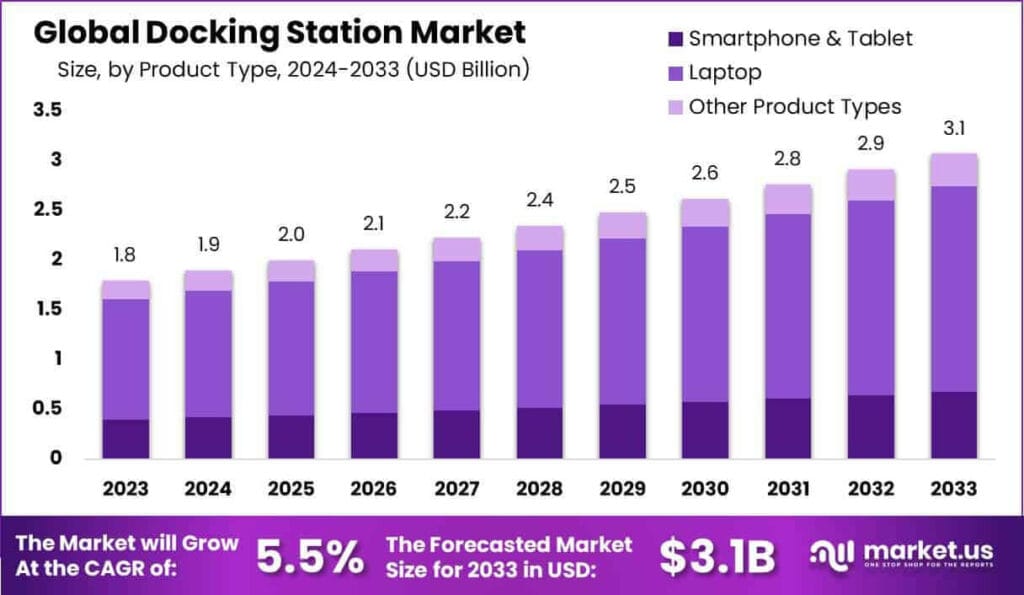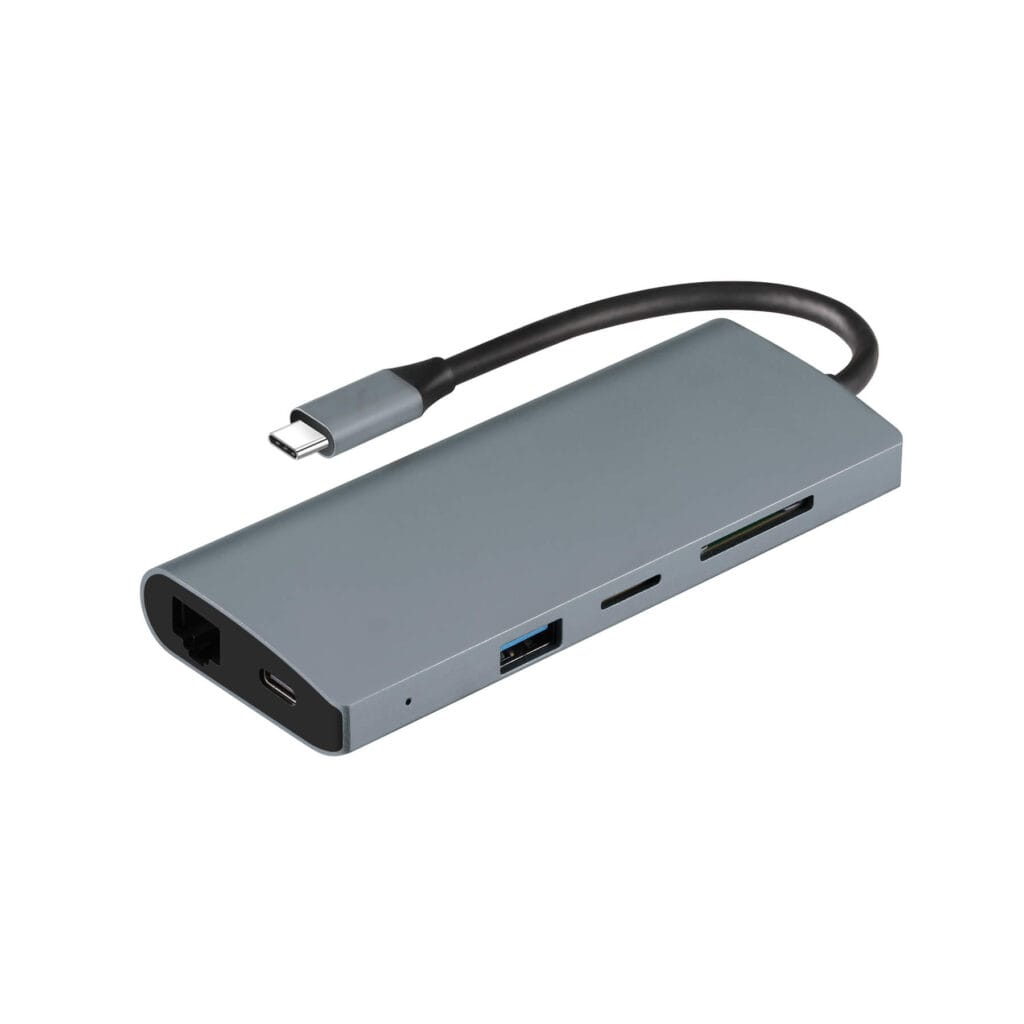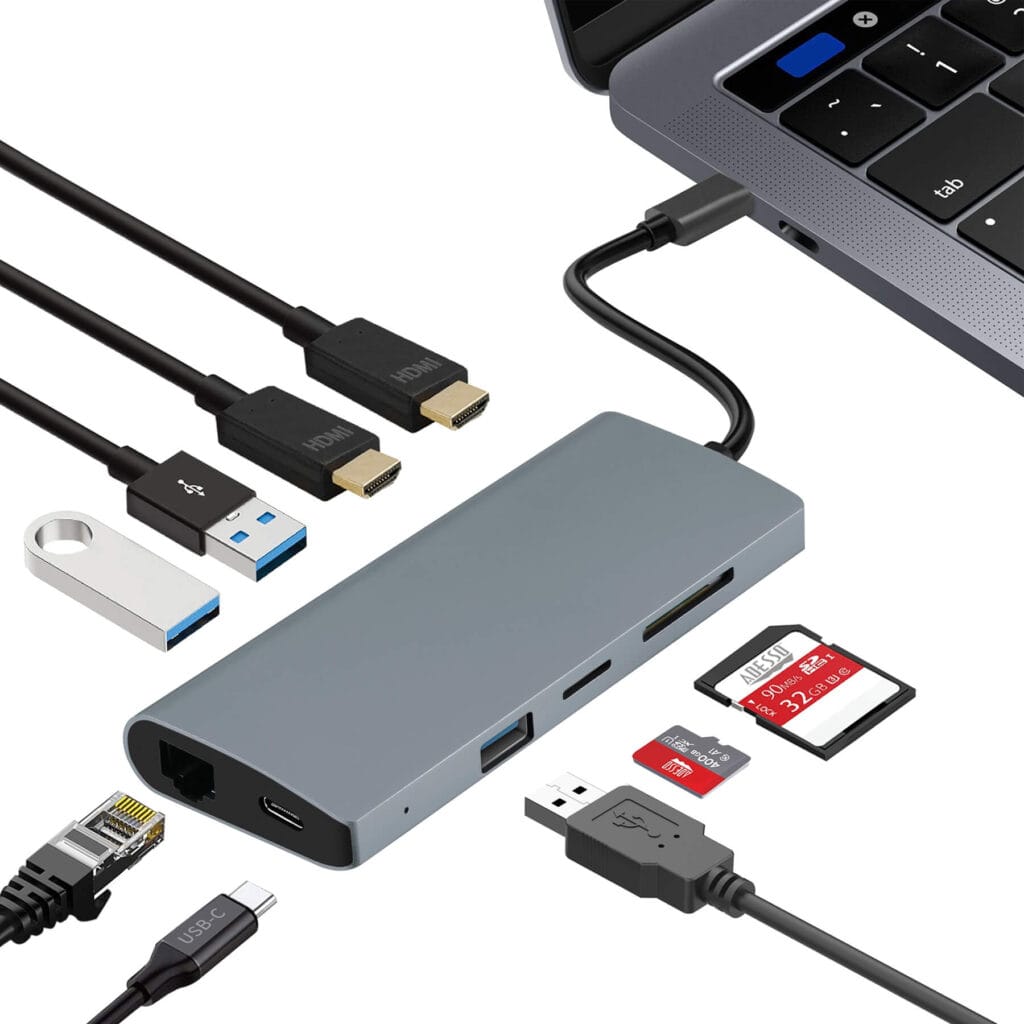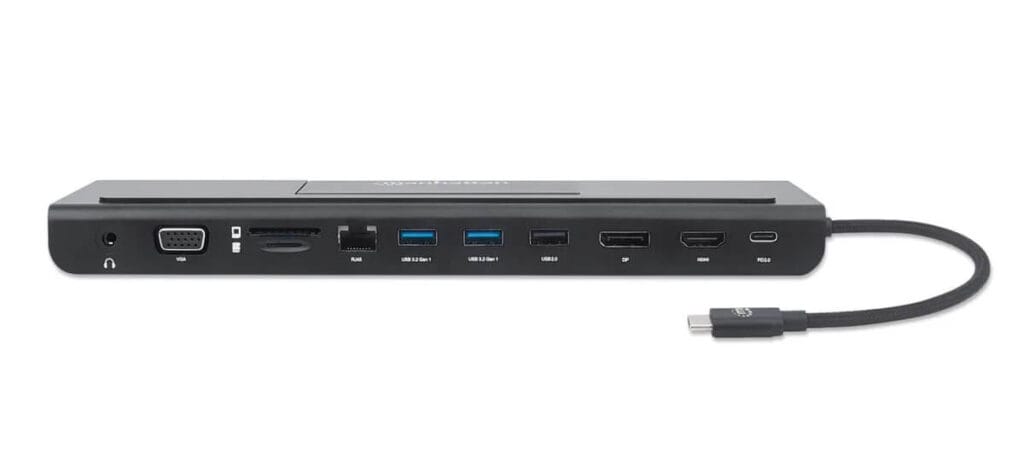
How Big is the Docking Station Market?
How Big is the Docking Station Market?
In today’s digital age, docking stations have become essential accessories for many. But just how big is the docking station market? Let’s explore.

Current Market Size
The global docking station market was valued at around 1.1 billion in 2020. By 2023, it had grown to approximately 1.61459 billion. This shows a significant upward trend in recent years.
Growth Projections
Experts predict a bright future for the docking station market. It’s projected to reach 2.79809 billion by 2032, growing at a Compound Annual Growth Rate (CAGR) of 6.3% from 2024 – 2032. Another report suggests it could reach nearly 3.09439 billion by 2032, with a CAGR of 6.66% from 2024 – 2032.
Reasons Behind the Growth
Rise of Remote and Hybrid Work
With more people working from home or in hybrid setups, the need for efficient work setups has increased. Docking stations allow users to quickly connect their laptops to external monitors, keyboards, and other peripherals. This creates a more comfortable and productive work environment, no matter the location. In 2024, the global remote work equipment market size is expected to reach $76 billion, and docking stations are a key part of this trend.
Increase in Laptop and Tablet Usage
The demand for laptops and tablets has been on the rise. This is due to their portability and versatility. Docking stations enhance the functionality of these devices by providing extra connectivity options. For example, they offer additional USB ports, HDMI outputs, and ethernet connections. As more consumers and businesses turn to laptops and tablets as primary computing devices, the demand for docking stations grows.
Need for Faster Data Transfer
In today’s data – driven world, the demand for faster data transfer is high. Docking stations equipped with high – speed connectivity options like Thunderbolt 3 or USB 3.1 Gen 2 can meet this need. They enable quick transfer of large files, which is crucial for creative professionals working with high – resolution images, videos, and 3D models.


Segmentation of the Market
Type
- Laptop Docking Stations: This segment led the global market, accounting for nearly 52% in 2020. Laptops are widely used in workplaces, and docking stations make it easier for users to transform their laptops into desktop – like workstations.
- Smartphone Docking Stations: As the use of smartphones has increased, so has the need for docking stations in this segment. It accounted for 19% of the total market share in 2020.
- Tablet Docking Stations and Hybrid Docking Stations also contribute to the market, with the demand growing due to the increasing use of tablets in various industries.
Connectivity Type
- Wired Docking Stations: These are more prevalent and feature connections such as USB-C, HDMI, and DisplayPort. In 2023, wired docking stations held a dominant position in the market. Nevertheless, the emergence of wireless technology is altering the market dynamics.
- Wireless Docking Stations: Despite currently having a smaller market share, their popularity is on the rise. They provide the convenience of cable-free operation. For instance, the penetration rate of wireless docking station products based on the WiFi7 protocol is projected to surge from 5.2% in 2025 to 21% in 2030, signaling substantial future growth.
Usage
- Home Docking Stations: With the growth of remote work and home entertainment, the demand for home docking stations has increased. They allow users to connect their devices to multiple peripherals for a better experience.
- Office Docking Stations: Essential in office settings, they help employees quickly set up their workstations and enhance productivity.
- Industrial Docking Stations: Used in industrial environments, they need to be more rugged and reliable to withstand harsh conditions.
Industry Vertical
- IT & Telecom: This industry has a high demand for docking stations to support its workforce’s computing needs.
- Healthcare: Medical professionals use docking stations to connect laptops or tablets to specialized medical equipment, streamlining workflow processes.
- Manufacturing: Docking stations are used to connect devices in manufacturing plants, helping with production processes.
- Finance: In the finance industry, docking stations are used to ensure smooth operations and data transfer.
- Education: With the increasing use of digital learning tools, docking stations are becoming more common in educational institutions.

Regional Analysis
- North America: Dominated the global docking station market in 2019, generating $660 million in revenue. The high technological adoption in countries like the United States and Canada, along with the presence of large data centers, drives the demand.
- Europe: Expected to grow at a significant rate, with a CAGR of around 3.9% over the forecast period. The region’s focus on digital transformation contributes to the growth.
- Asia – Pacific: This region is also a key player in the market. With the growth of the tech industry in countries like China and India, the demand for docking stations is increasing. For example, in China, the docking station industry is expected to show significant growth from 2025 to 2030, driven by factors such as the acceleration of corporate digital transformation and the advancement of standardization of consumer electronics interfaces.
Competitive Landscape
The docking station market is competitive, with several key players. Companies like Targus Corporation, Dell Technologies Inc., Startech, Acco Brands Corporation, HP Development Company L.P, Lenovo Group Limited, Plugable Technologies, Toshiba Corporation, Acer Inc., and Samsung Electronics Co. Ltd. are among the major players. These companies are constantly innovating to offer better products and gain a larger market share. For example, they are developing docking stations with more ports, faster data transfer speeds, and better compatibility with various devices.
Conclusion
The docking station market is substantial and shows no signs of slowing down. With the continuous growth of remote work, the increasing use of portable devices, and the need for faster data transfer, the market is expected to expand significantly in the coming years. Whether you’re a consumer looking for a better way to connect your devices or an investor interested in the tech market, the docking station market is definitely one to watch.




